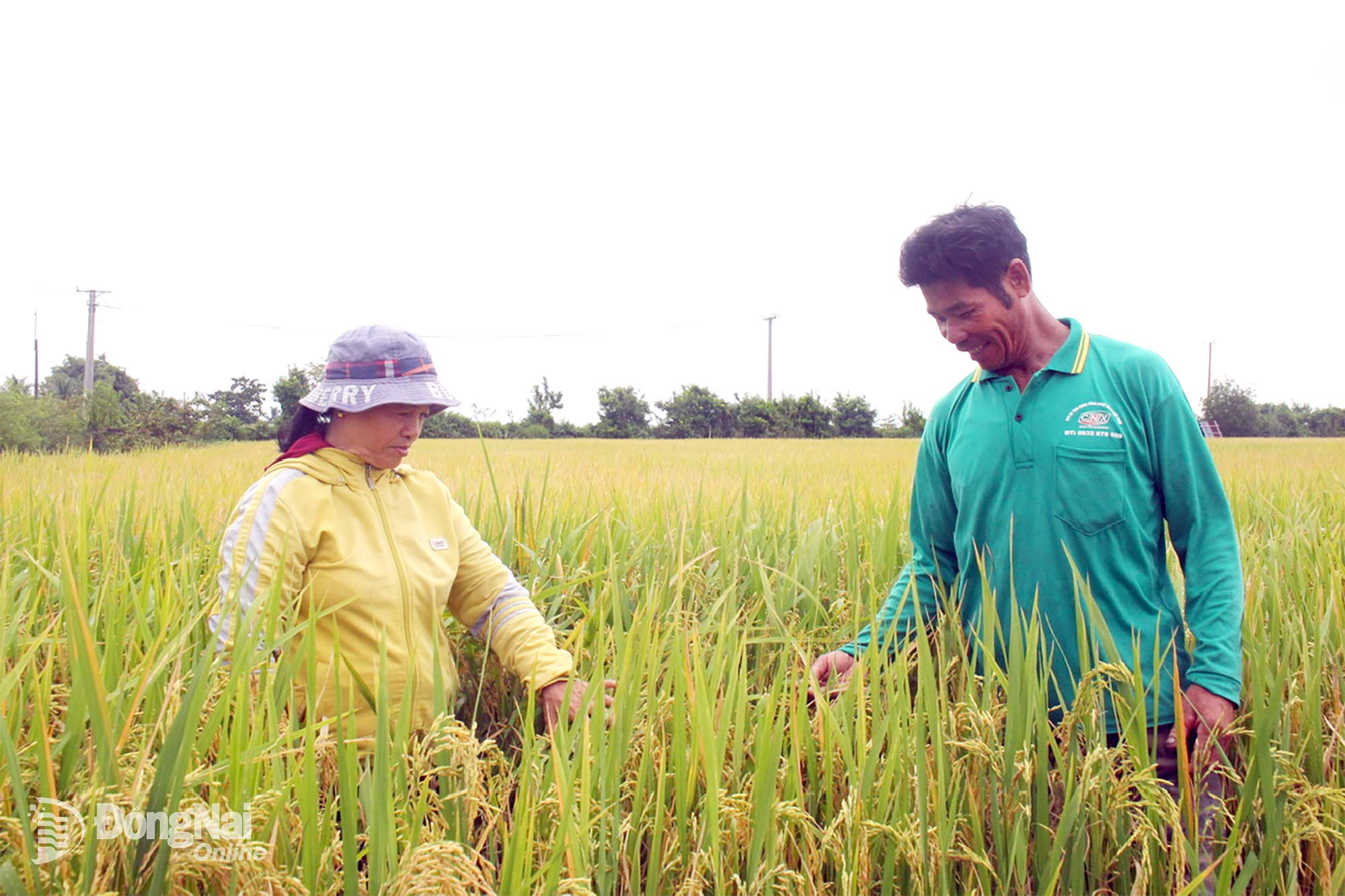 |
| Rice fields in Phu Dien 4 hamlet, Phu Hoa commune, are waiting to be harvested. Photo: D.Phu |
Lotus and rice blend together
Celebrating the 80th anniversary of the August Revolution (August 19, 1945 - August 19, 2025), these days, the atmosphere of flags, flowers, rice, and lotus in Phu Dien 4 Hamlet, Phu Hoa Commune is filled with the atmosphere of flags, flowers, and lotus in Phu Dien 4 Hamlet, Phu Hoa Commune. Mr. Nguyen Ngoc Son, Party Cell Secretary, Head of Phu Dien 4 Hamlet, temporarily put aside his work to support his neighbor in weeding the rural roads to talk to us.
Mr. Son said: Phu Dien 4 Hamlet maintains the landscape of a model new countryside. The hamlet has 9 groups with 428 households, a natural area of 320 hectares; of which the land area for growing lotus and rice accounts for nearly 300 hectares. People's income mainly comes from growing rice (3 crops), lotus (combined with fish farming) and small-scale services. People in the hamlet live affectionately with the immense fields of golden rice and pink lotus.
Rice and lotus are typical crops of the residents of Phu Dien 4 hamlet and other hamlets in Phu Hoa commune. This is thanks to Dong Hiep irrigation dam, which regulates irrigation water in the dry season and drains flood water in the rainy season.
“Rice fields and lotus ponds not only bring a stable source of income to the people of Phu Dien 4 hamlet in particular and Phu Hoa commune in general, but also create a beautiful, peaceful landscape for the residents of the old Cao Cang village” - Mr. NGUYEN HONG PHUC, Head of the Department of Culture and Society of Phu Hoa commune, expressed.
Farmer Nguyen Van Hanh, in group 5, said: Farmers here only grow lotus for seeds (buds), unlike other regions where lotus is grown for shoots, tubers, and leaves. Compared to growing rice three times a year, growing lotus combined with fish farming is more difficult and requires more work. In return, growing lotus combined with fish farming yields twice the profit of growing rice.
In Phu Dien 4 hamlet, the rice area is about 170ha, with an average yield of 7-8 tons/ha/crop. When it comes to rice cultivation, almost everyone here knows the names of the four farming brothers: Nguyen Thanh Hoang, Nguyen Thanh Huy, Nguyen Thanh Cuong and Nguyen Thanh Do. Not only do they have a large area, their rice fields also have an average yield of 10-11 tons/ha/crop. Their secret is to sow thickly and evenly, and to take good care of each fertilizer and pesticide cycle, not leaving any stray rice clumps or clumps of grass behind.
Farmer LUONG VAN LOI, Phu Dien 4 hamlet, said: People here do not distinguish between early and late arrivals. Brothers from all over the country gather in one house, happy and sad, prosperous together. That is the characteristic of Vietnamese residents when choosing the ancient Cao Cang village to reclaim and restore.
“Because of dense sowing, it costs more seeds, fertilizer, pesticides, and labor than sparsely sown fields. However, the additional cost is only a small fraction of the cost of sparse sowing, but in return, my rice field's yield increased by 3 tons/ha,” said Mr. Nguyen Thanh Hoang.
A small corner of the old Cao Cang village
In addition to the rice fields and lotus ponds swaying in the sun and wind at Dong Hiep irrigation dam, the residents of Phu Dien 4 hamlet also carry the cultural features of the ancient Cao Cang village with a residential area shaded by green trees and colorful flowers.
According to the History of Phu Dien Commune Party Committee in the period 1975-2020, in 1939, Cao Cang village was established in Binh Tuy commune, Long Khanh district, Bien Hoa province, Phu Dien land is Cao Cang village (Cao Cang village). Therefore, the people of Phu Dien 4 hamlet, Phu Hoa commune are always proud of being a part of the ancient Cao Cang village.
Present in Phu Dien 4 hamlet since 1985, Hamlet Party Secretary Nguyen Ngoc Son said: In addition to the residents of Cao Cang village, in 1956, there was a group of people migrating from the northern provinces. During the period 1961-1975, a group of people from many provinces and cities came to live. Before 1975, this land was wild, people mainly lived by fishing, rarely reclaiming wasteland and wild swamps. After 1975, people reclaimed wild swamps into rice fields, fish ponds, and lotus ponds.
“To reclaim 1 hectare of rice field, I had to spend many years clearing and renovating the area full of weeds. Then, taking advantage of the flow of the streams, I brought each strip of grass to the river. Because the reclaimed area has uneven terrain, farmers had to divide the reclaimed land into many small fields for production. The high fields were used for sowing seeds, the low fields had to be planted with seedlings. The low-lying areas with mud up to the waist, unable to grow rice, were used to grow lotus and raise fish,” Mr. Nguyen Ngoc Son recalled.
The wind from Dong Hiep irrigation dam whistled, blending with the birds' cheers, encouraging the farmers of Phu Dien 4 hamlet to continuously produce bumper rice and lotus crops. After leaving his family's rice fields and lotus ponds, and taking us to visit the model residential area of Group 2, farmer Doan Minh Hoai shared: "We always try to preserve the culture of the ancient Cao Cang villagers, not only beautiful but also worth living, rich in humanity."
Farmer NGUYEN THANH HUY, Phu Dien 4 hamlet, said: 1kg of fresh lotus buds costs an average of 12-15 thousand VND, sometimes traders buy it for over 30 thousand VND/kg. Compared to rice cultivation, lotus cultivation brings higher income and is more attractive. However, lotus is only suitable for low-lying fields and swamps, so the land where Cao Cang village used to be has only 2 typical plants: lotus and rice.
Doan Phu
Source: https://baodongnai.com.vn/xa-hoi/202508/vung-que-tuoi-dep-cao-cang-xua-c94010a/


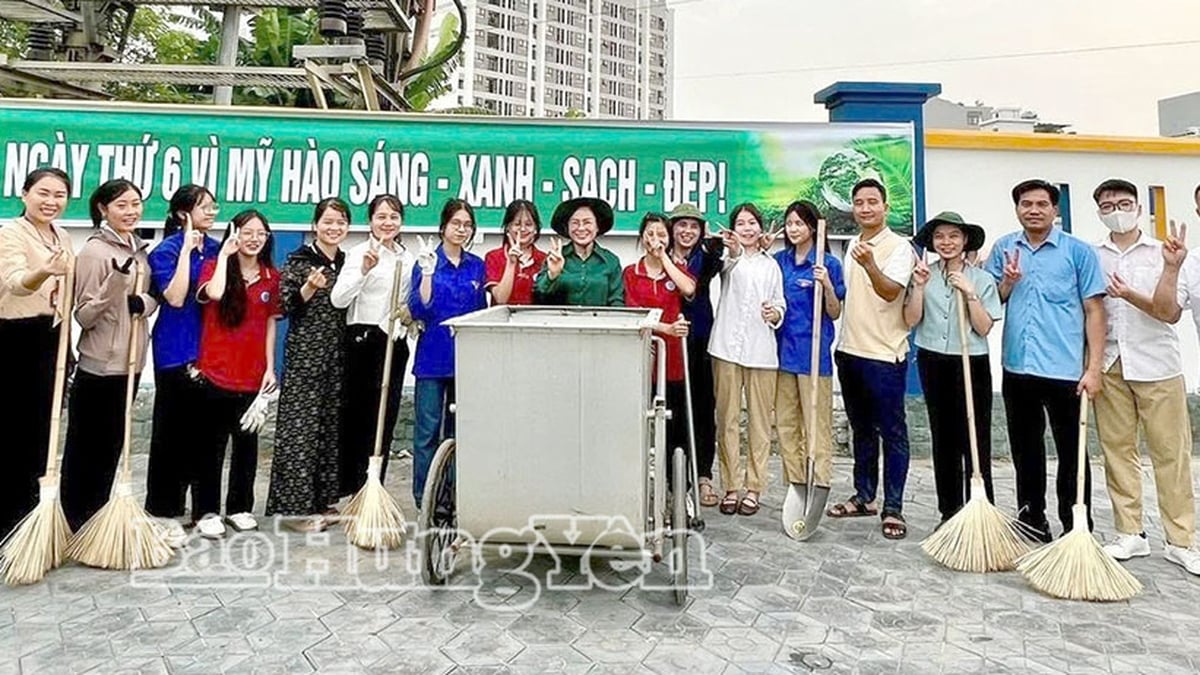

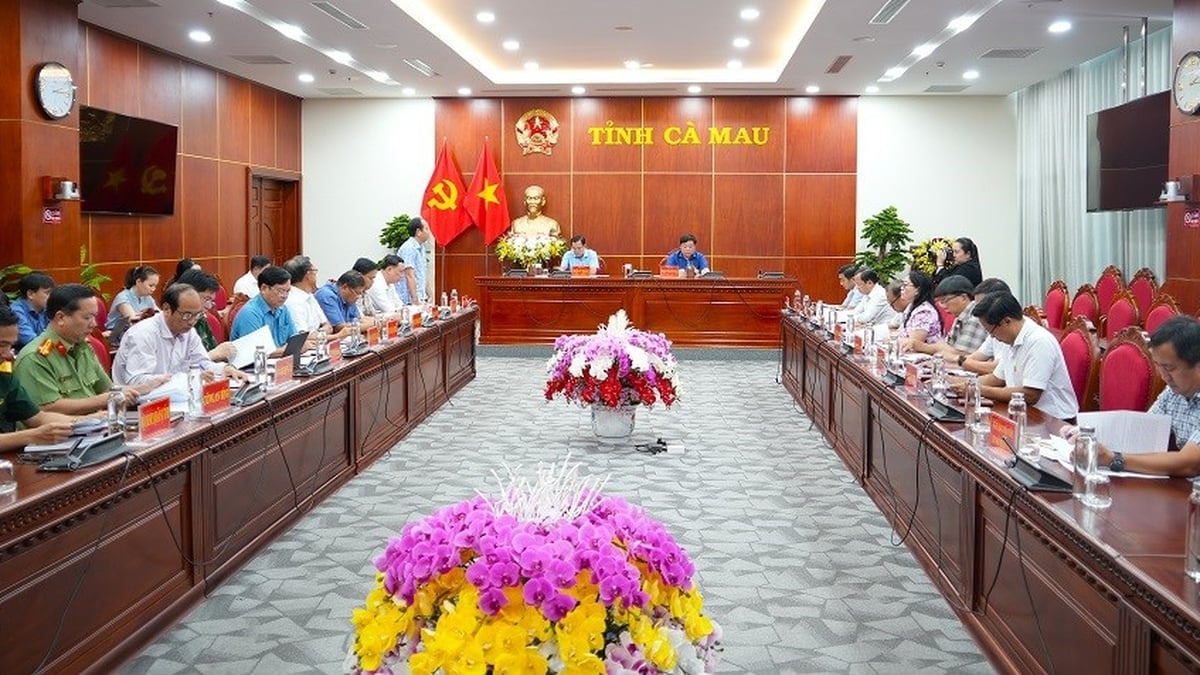
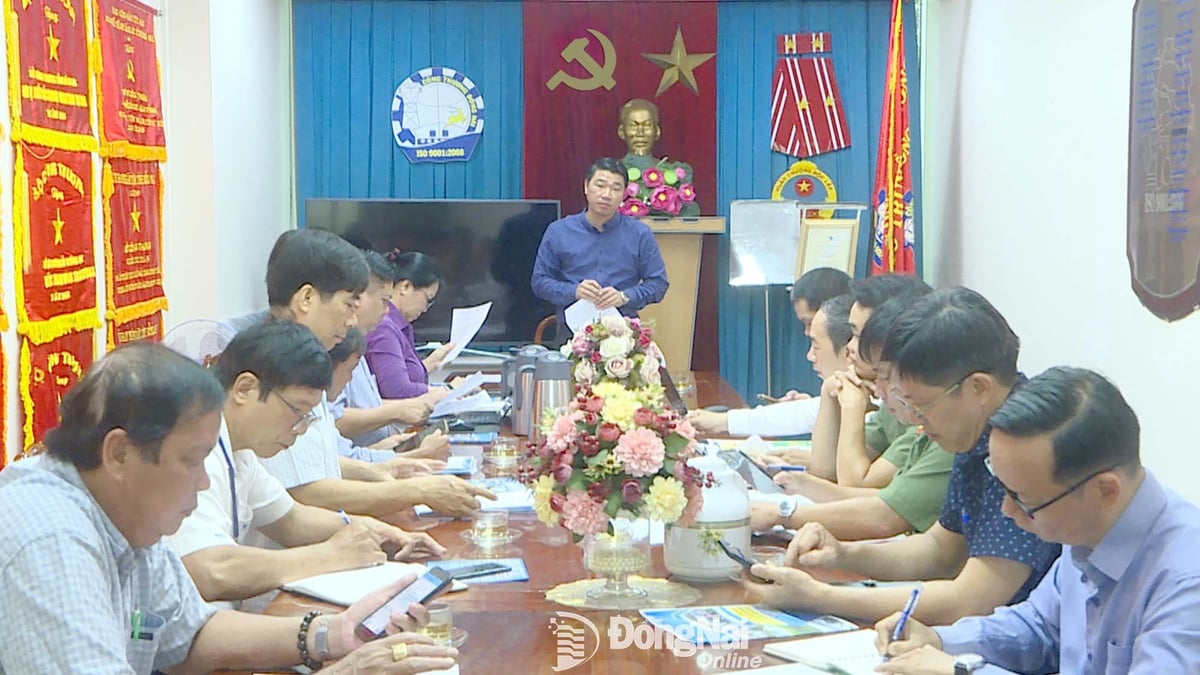
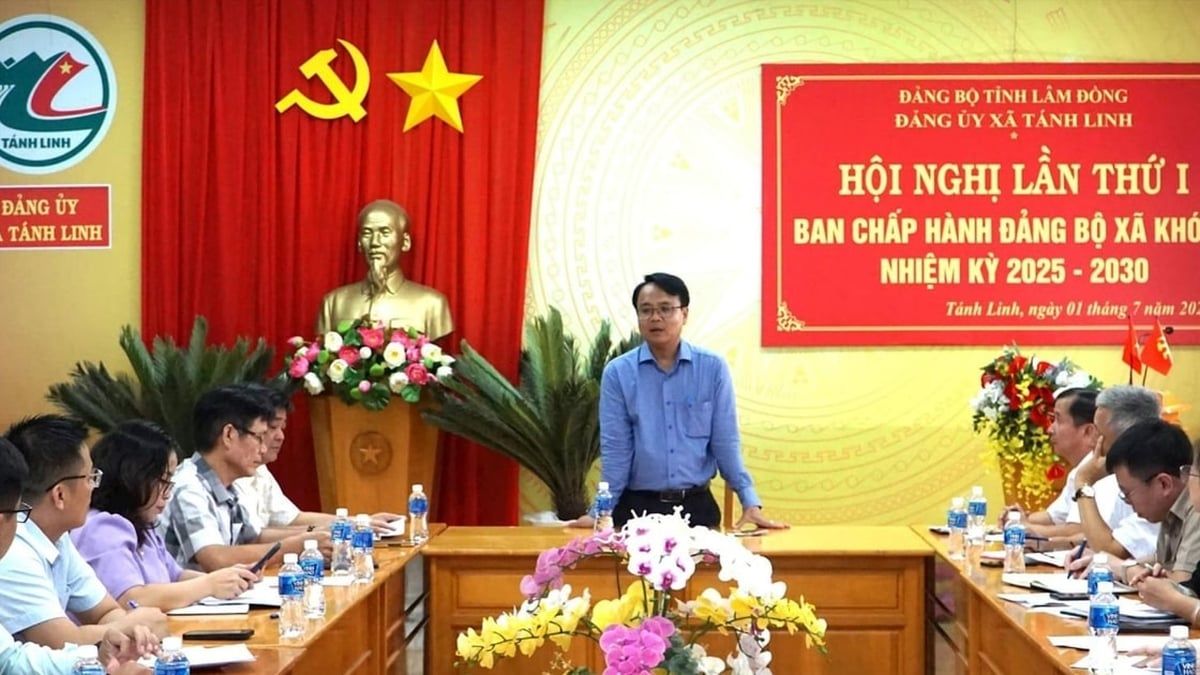
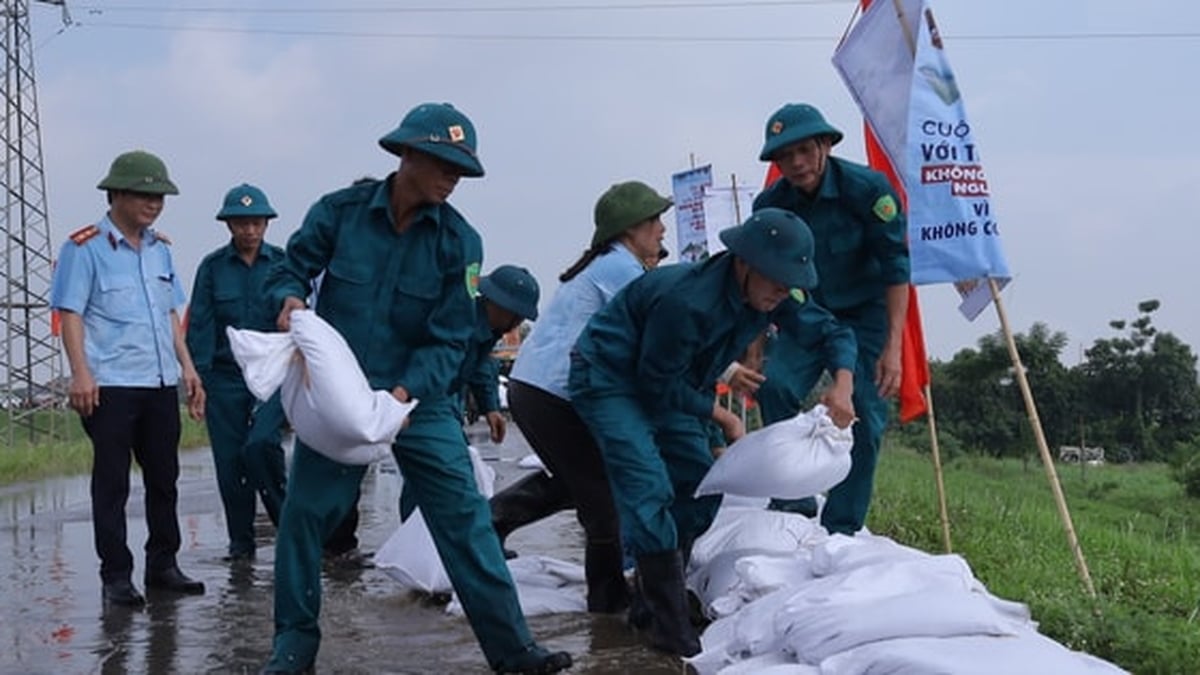
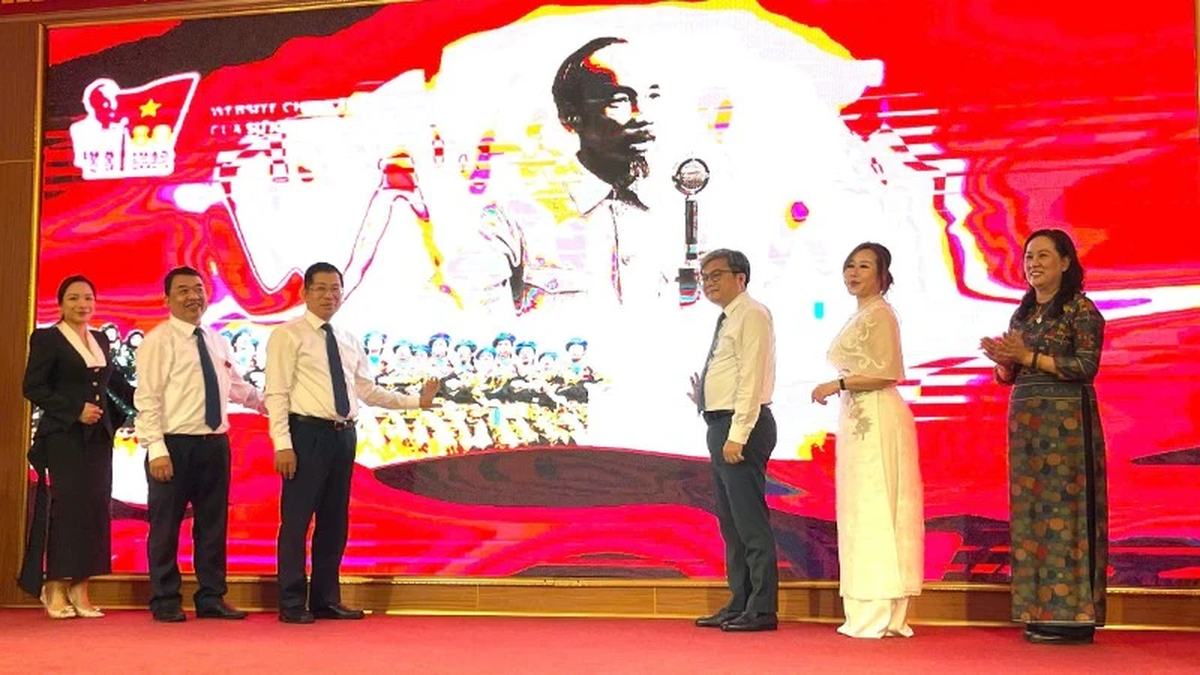
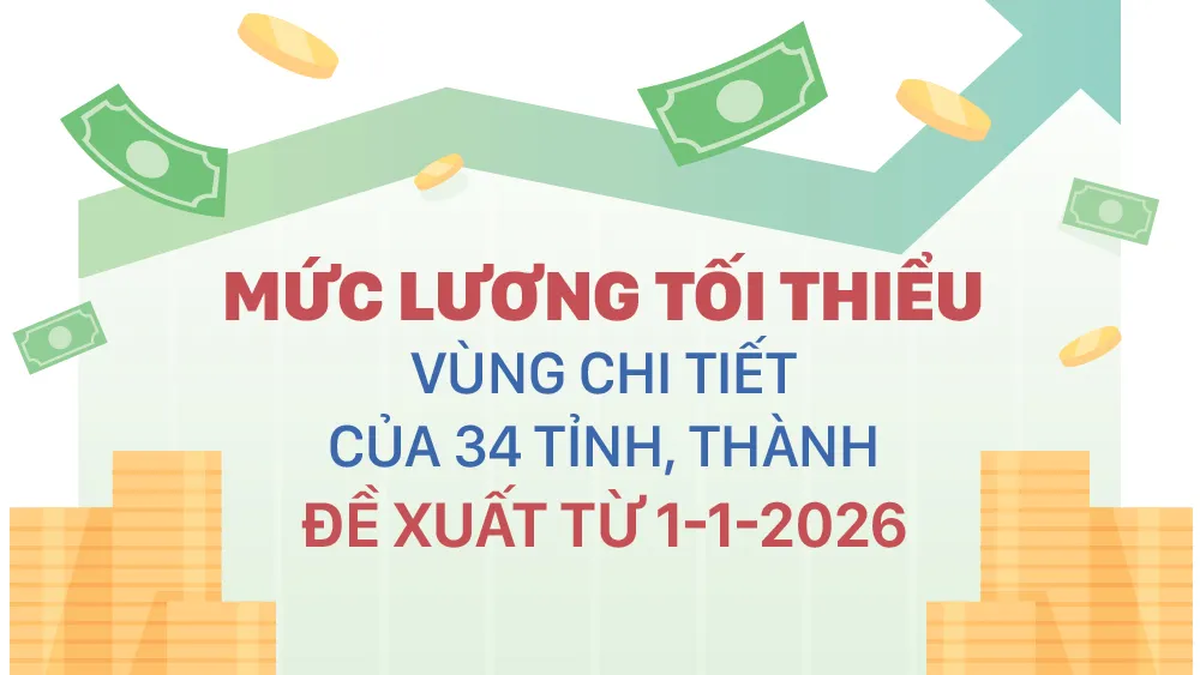

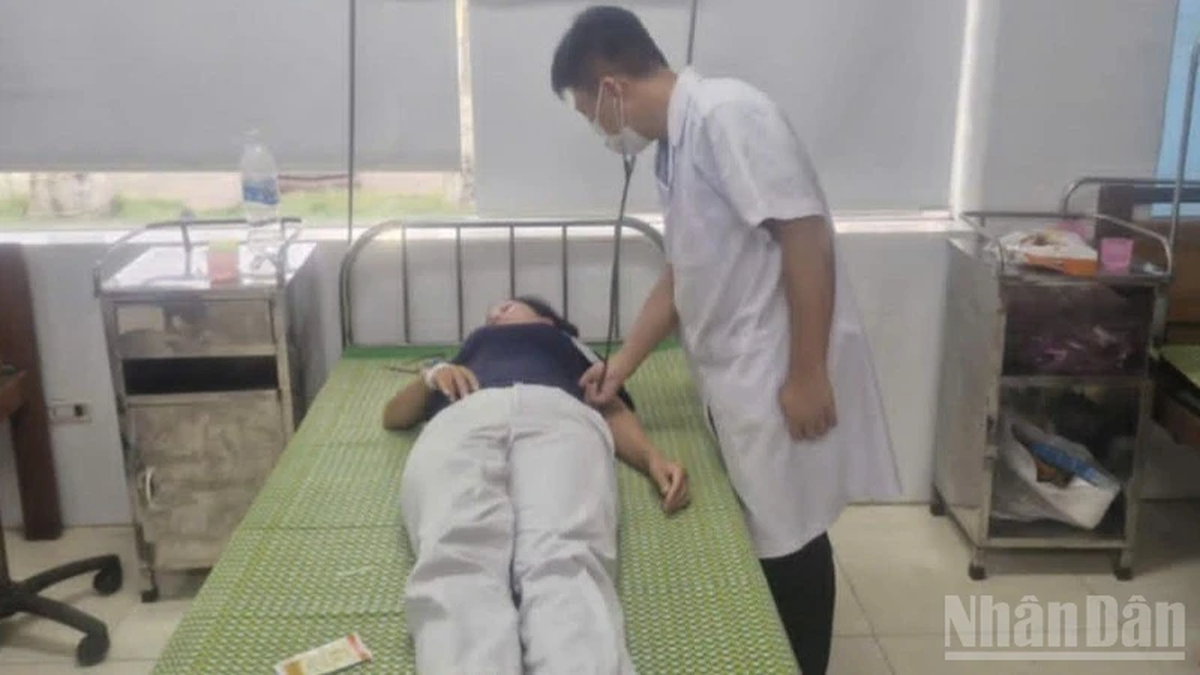
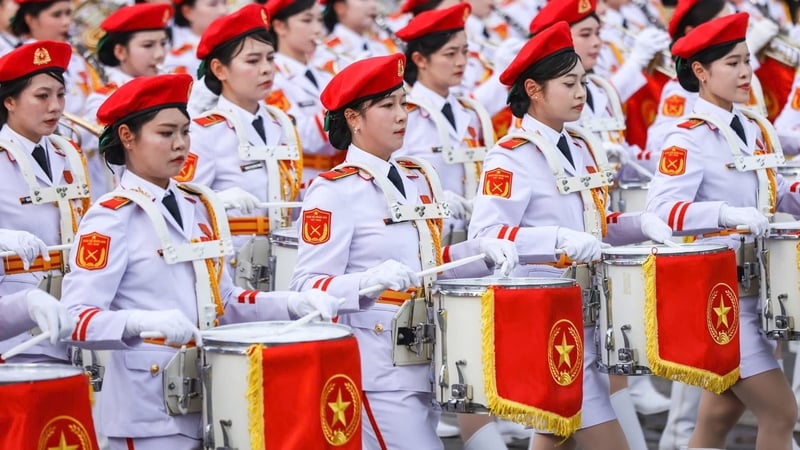









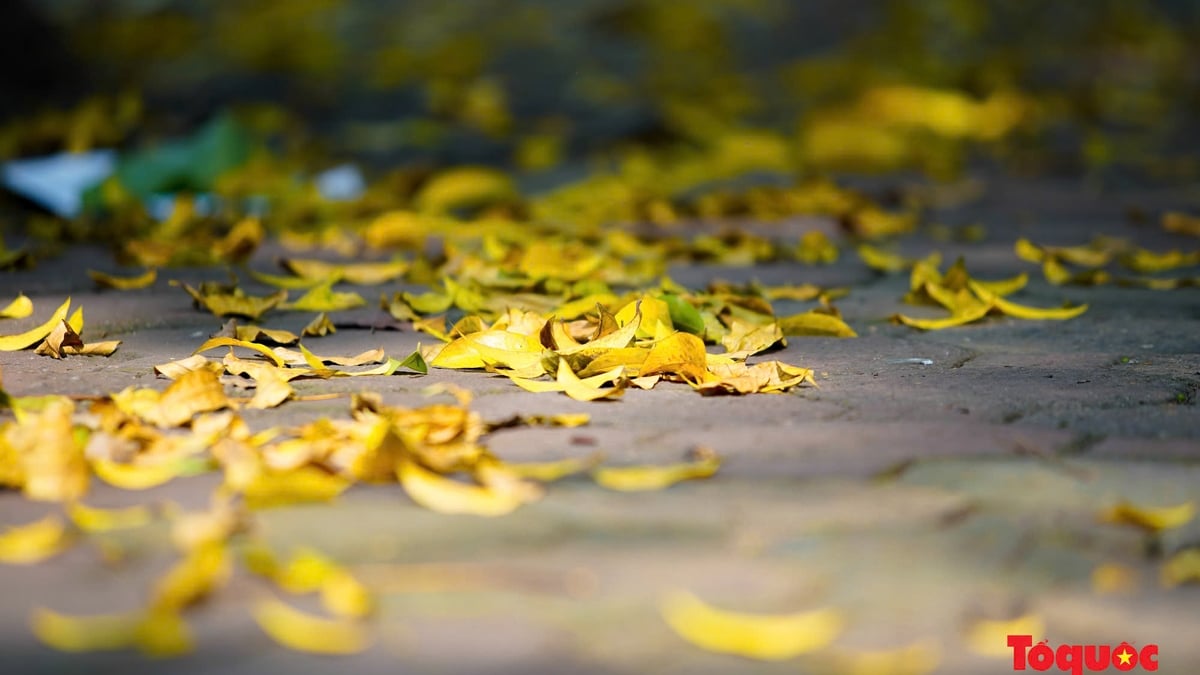
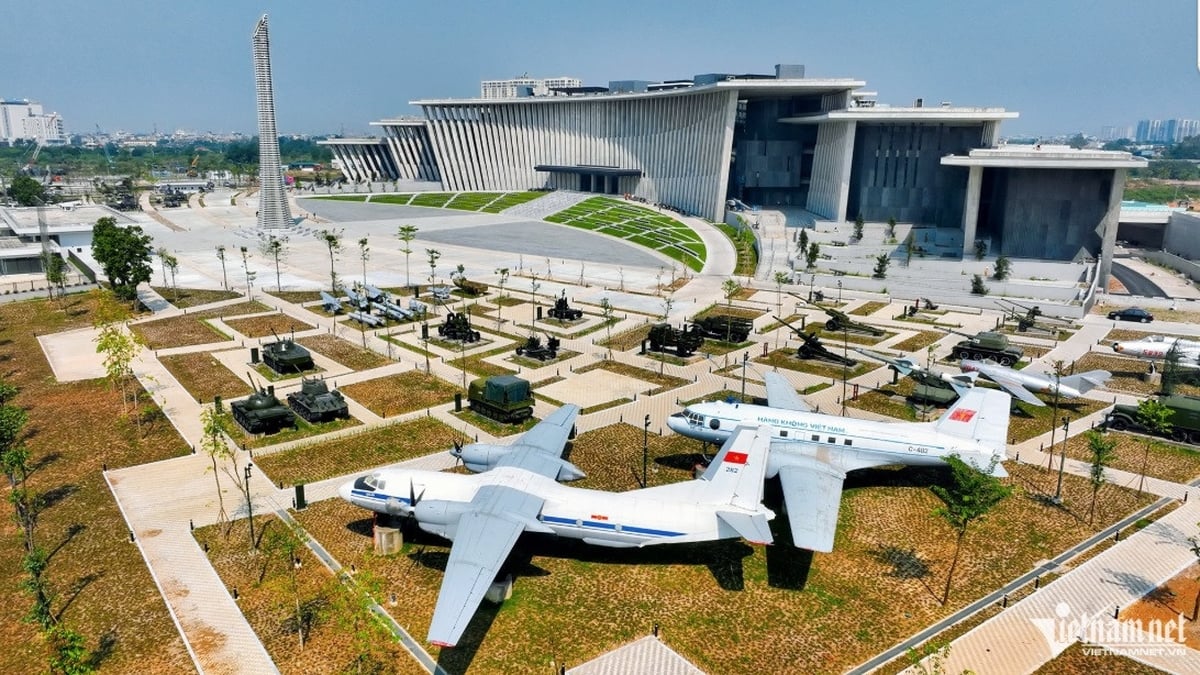



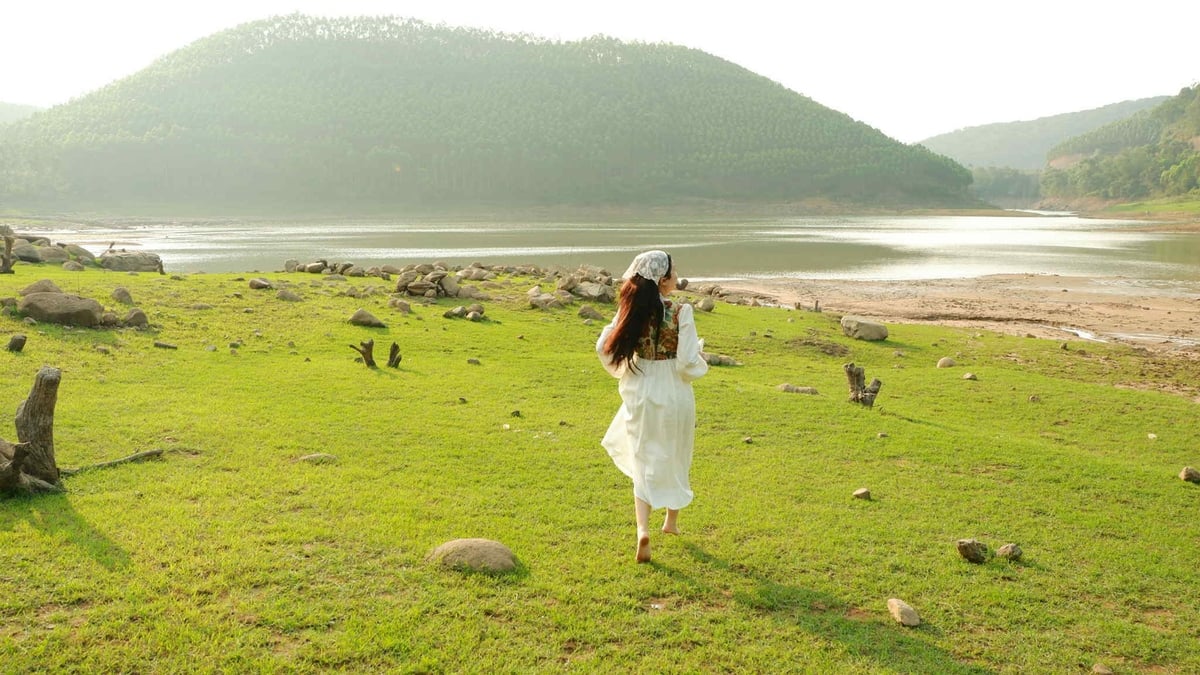
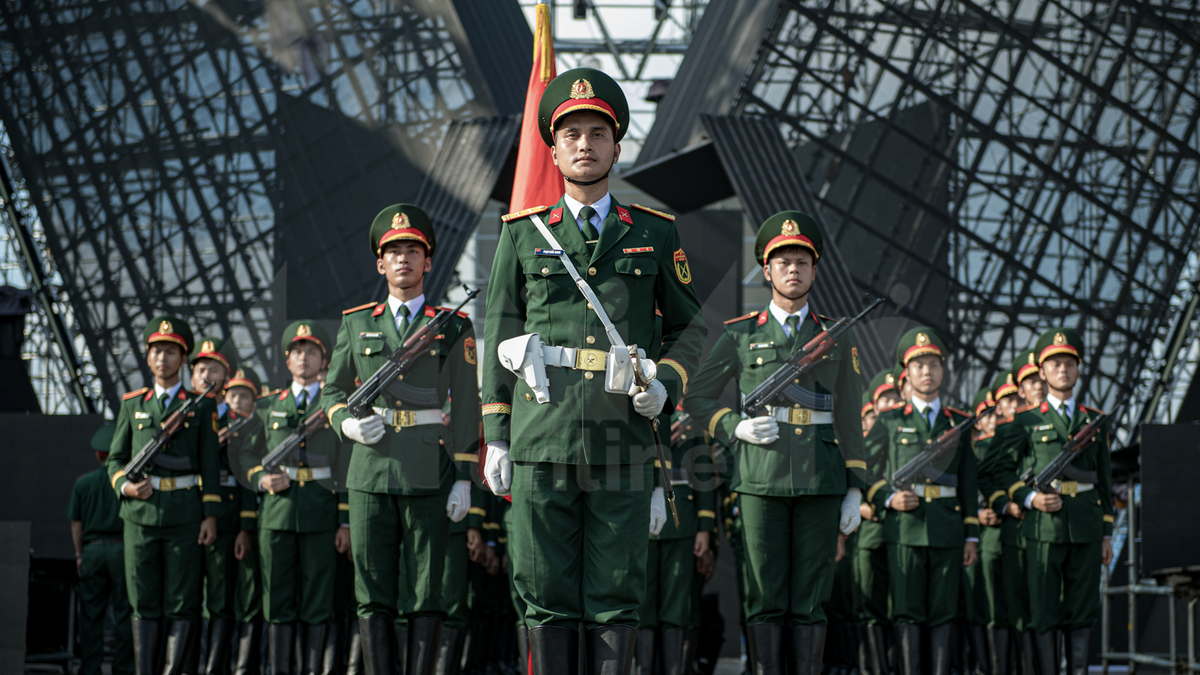


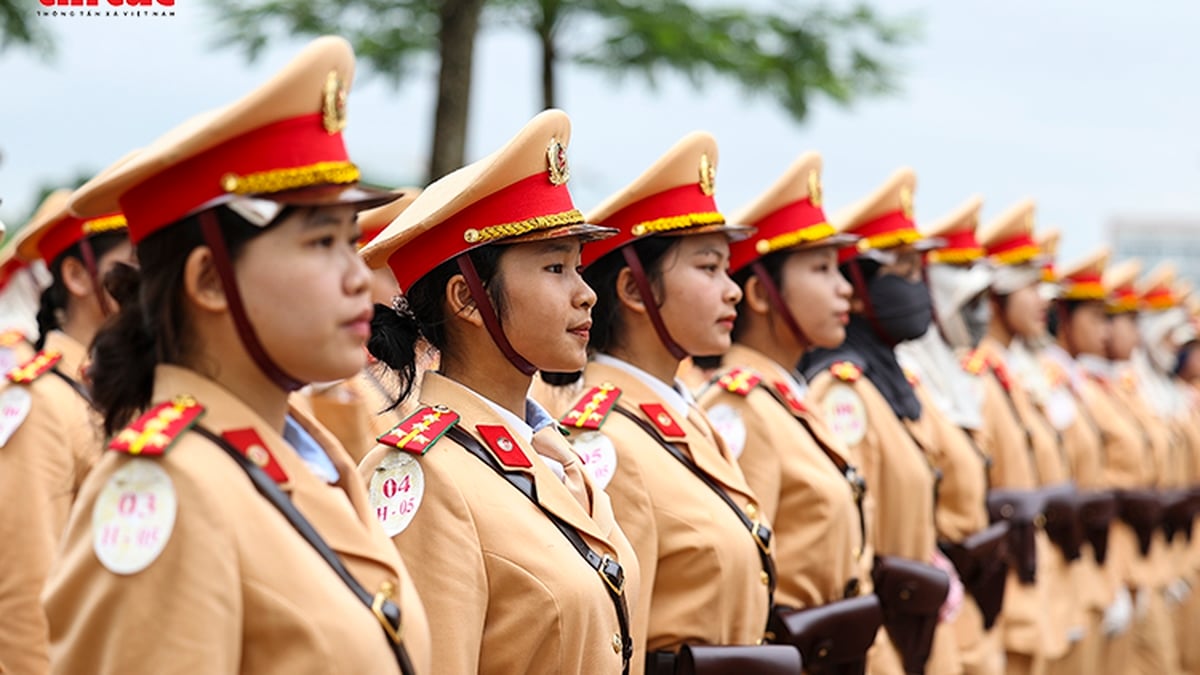
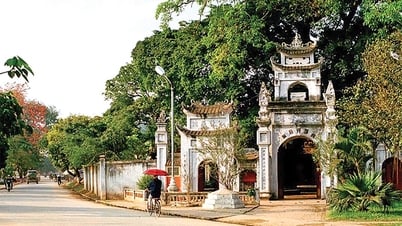



















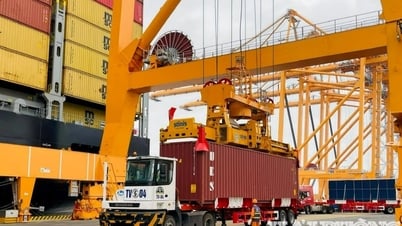

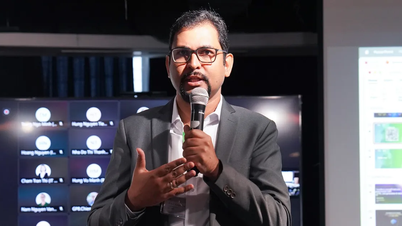






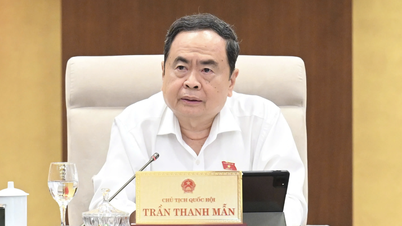

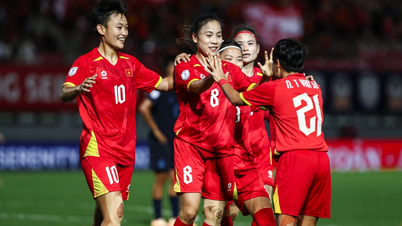
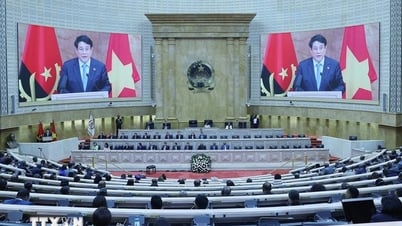



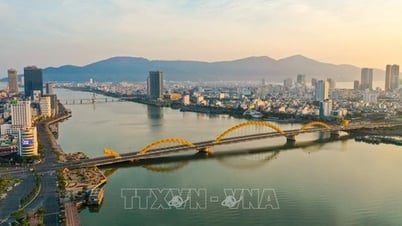

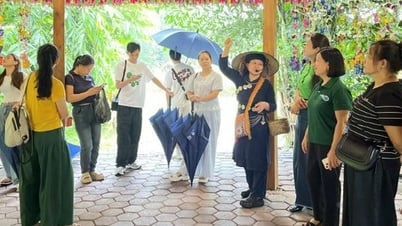
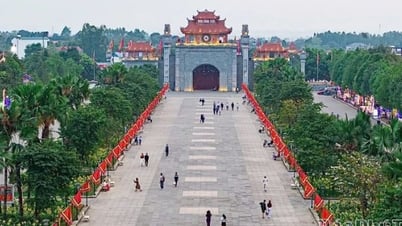



















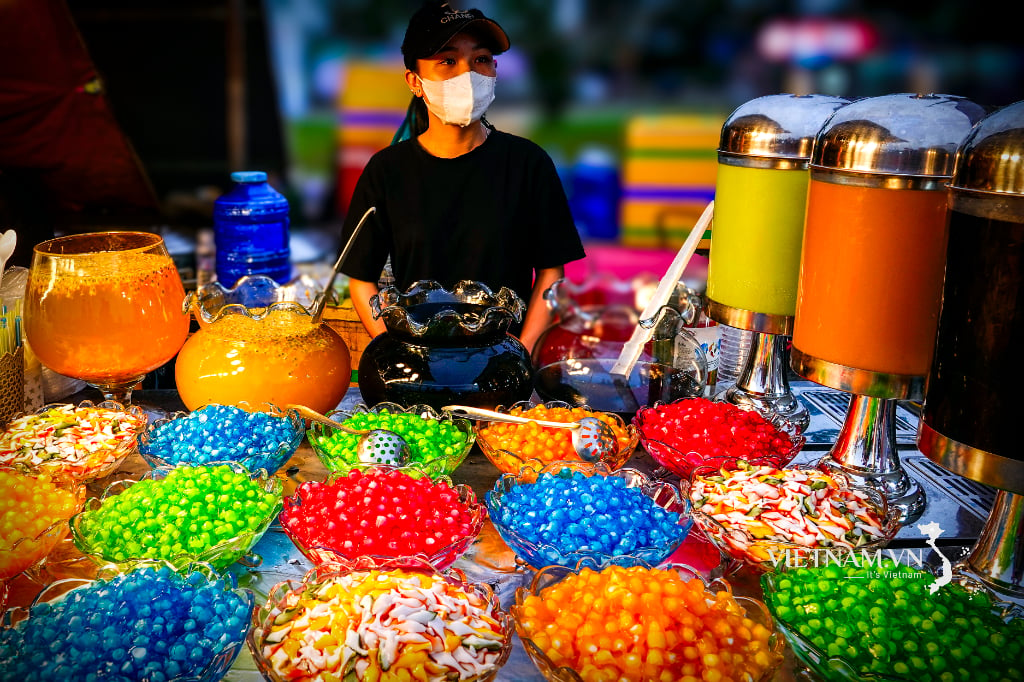
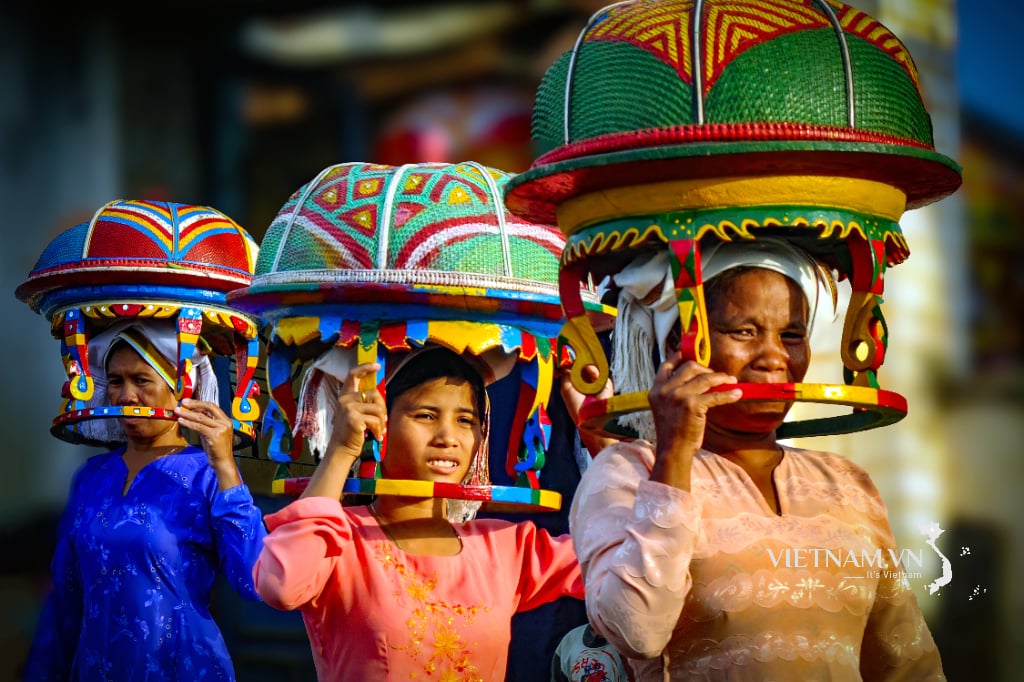
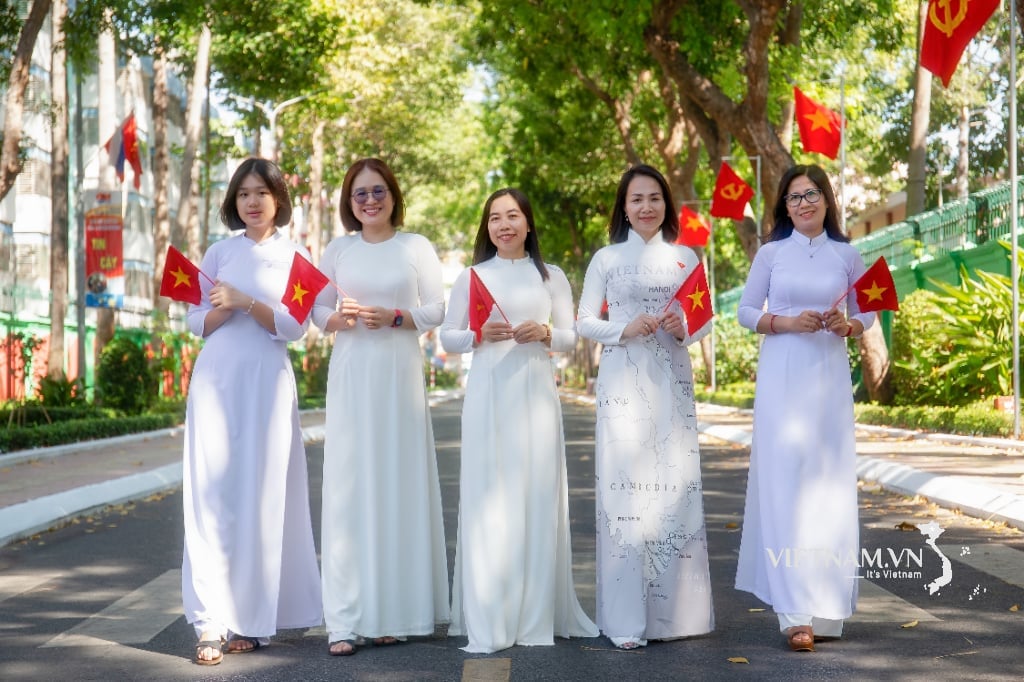
Comment (0)